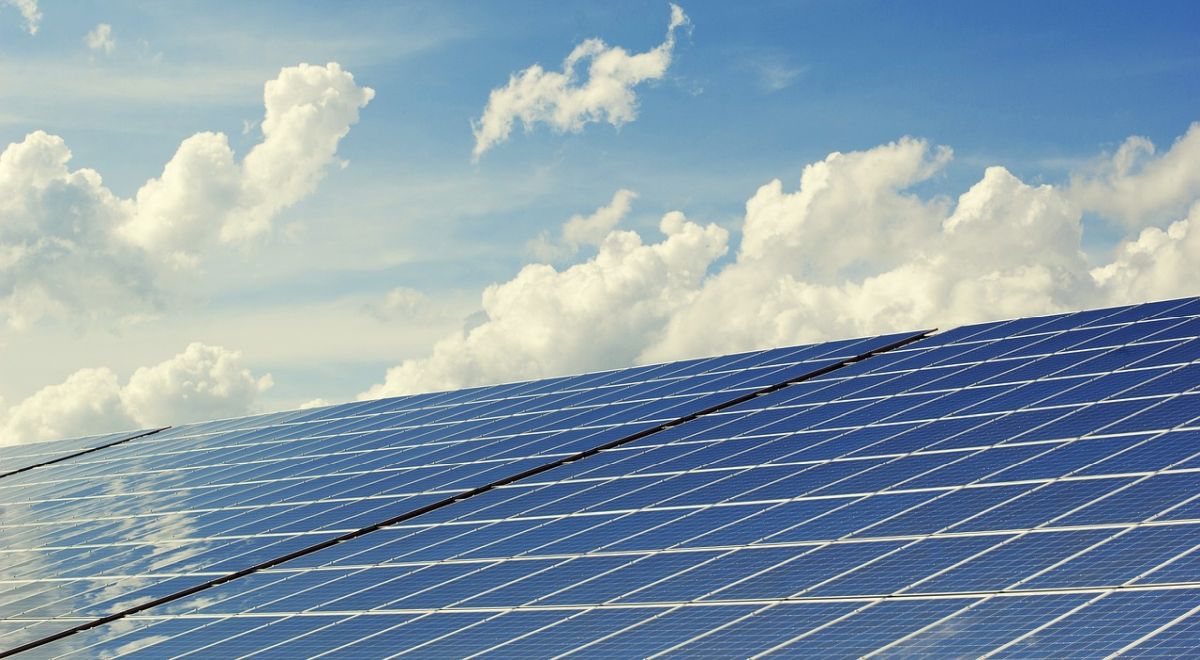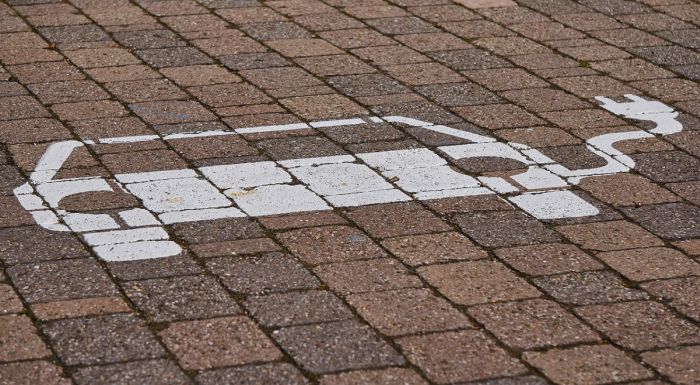
Green Home Improvement: The Best Energy-Efficient Renovations
With rising global temperatures and ever-increasing energy bills, an eco-friendly home isn’t just a green choice—it’s a necessity. Fortunately, making energy-efficient renovations doesn’t mean you have to compromise on comfort and style. Follow our home improvement tips and ideas for energy-efficient renovations to transform your home into a green dream.
1. Insulation is Key
One of the most energy-efficient renovations and effective ways to save energy in your home is by ensuring your property is well-insulated. Here’s how you can do that:
Wall Insulation: Up to a third of your home’s heat can be lost through uninsulated walls. Adding cavity wall insulation can dramatically decrease this.
Loft & Roof Insulation: Heat rises, and that means an uninsulated roof is a prime culprit for heat loss. When making this change, you can also consider using materials like wool or recycled cellulose for an eco-twist.
Floor Insulation: Prevent heat loss from the ground by insulating beneath your floorboards. This can be particularly effective in older homes.
2. Windows and Doors: Your Thermal Barriers
Double or triple-glazed windows can reduce energy consumption by almost 30%. They trap heat inside during winters and keep heat out in summers, ensuring your heating system works efficiently. Additionally, seal gaps around doors and windows to prevent drafts and ensure a comfortable indoor climate year-round. According to the Energy Saving trust, cutting out the drafts could save you up to £105 per year on your energy bills.
3. Embrace Solar Energy
Solar panels are no longer the bulky, unattractive additions they once were. Modern panels can be sleek and even integrated into roofing tiles. While there’s an initial investment, solar systems can drastically reduce your electricity bills and even generate passive income if you feed excess power back to the grid.
4. Energy-Efficient Appliances
When upgrading appliances, look for those with high energy star ratings. Whether it’s a refrigerator, washing machine, or an oven, energy-efficient models can use up to 50% less energy than their non-efficient counterparts.
5. Sustainable Flooring
Opt for eco-friendly flooring materials like bamboo, cork, or reclaimed wood. Not only are they sourced responsibly, but they also offer excellent durability and a touch of natural elegance to your interiors.
6. Water Conservation Systems
There are a number of changes you can make to help conserve water in your home. Two of the best are rainwater harvesting and low flow fixtures.
Rainwater harvesting can be as simple as placing a barrel in your garden to catch the run off from your drainpipes. That water can then be used for gardening or even flushing toilets.
Low-flow fixtures, such as faucets, shower heads, and toilets, can reduce water usage and make a massive difference in your water bill and conservation efforts.
7. Lighting: The Bright Side of Efficiency
Swap out your old incandescent bulbs for LED or CFL ones. They use a fraction of the energy and last much longer. Also, consider incorporating skylights or solar tubes in areas where natural light can reduce the need for artificial lighting.
8. Green Heating Systems
Invest in energy-efficient heating for your home. Consider alternatives like geothermal heat pumps, which leverage the earth’s consistent underground temperature to heat or cool your home, slashing energy consumption by up to 60%.
9. Paint with a Conscience
Use low or zero-VOC (Volatile Organic Compounds) paints. Traditional paints release toxic emissions that harm indoor air quality and the environment. Eco-friendly paints ensure a safer indoor environment and less harm to our planet.
10. Smart Home Integration
Modern technology offers a myriad of smart home devices, from thermostats to lighting systems, that optimize energy usage. These gadgets learn from your habits and adjust settings to ensure efficiency without compromising comfort.
11. Reclaimed and Recycled Materials
When renovating, consider using reclaimed wood, recycled glass tiles, or other upcycled materials. They add a touch of unique character to your home while minimizing the environmental impact.
Turning your home into an energy efficient sanctuary will save you money on bills and help move us towards a more sustainable future. With your energy-efficient renovations or upgrades, you’re crafting a space that you can love and be proud of, leading the way to a greener life.




